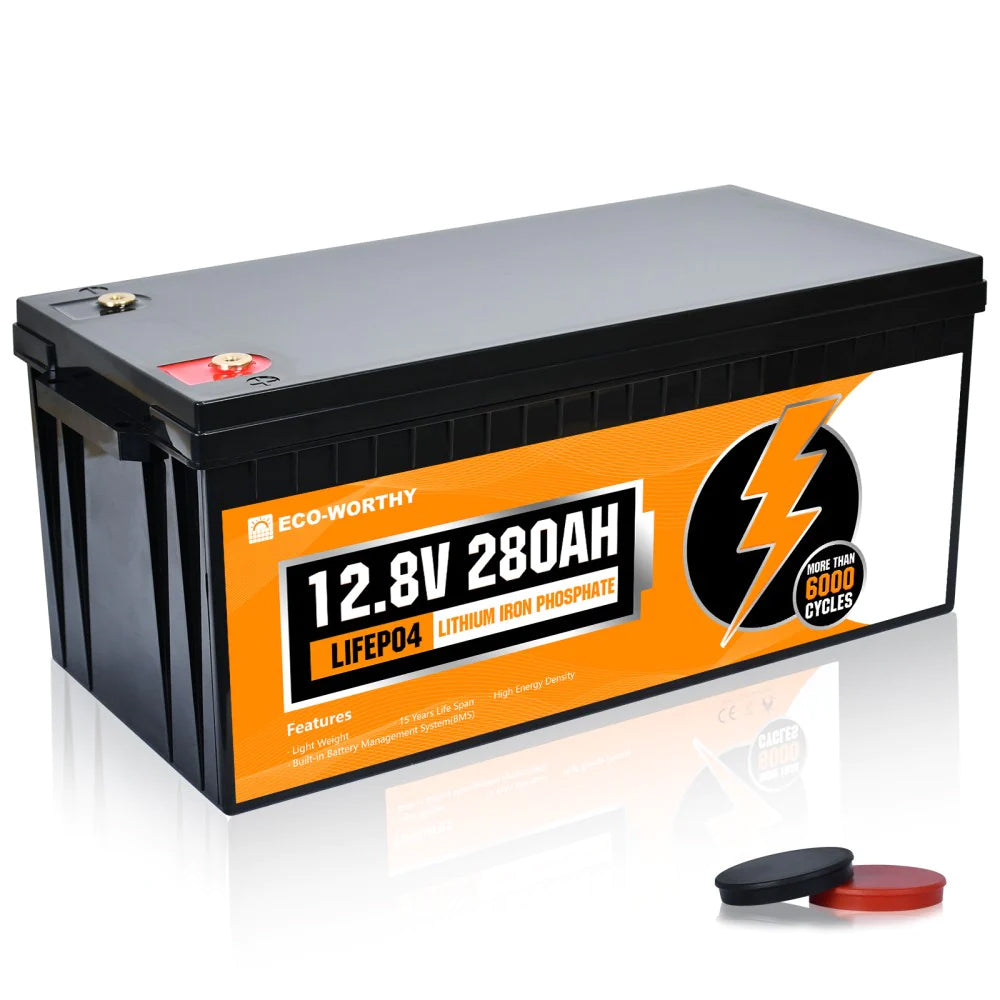- الكلمات - #BLOG
-
- آخر تحديث ٨ أكتوبر، ٢٠٢٤ تعليق ٠ , ٧٧ views, ٠ مثل
More in Politics
Related Blogs
أرشيف
The Evolution of Lithium-Ion Batteries: From Inception to Modern Day Applications
الجسم
The lithium-ion battery has revolutionised the way we store and use energy. Since its inception in the 1980s, this technology has undergone significant advancements, leading to its widespread adoption in various sectors. But what exactly makes the lithium-ion battery so essential in today’s world?

Understanding the Lithium-Ion Battery
A lithium-ion battery is a type of rechargeable battery that relies on the movement of lithium ions between the anode and cathode. This movement generates electrical energy, which powers devices ranging from smartphones to electric vehicles. The efficiency and longevity of these batteries have made them a preferred choice for many applications.
Key Components of Lithium-Ion Batteries
- Anode: Typically made from graphite, it stores lithium ions during charging.
- Cathode: Often composed of lithium metal oxides, it releases lithium ions during discharge.
- Electrolyte: A lithium salt in a solvent that facilitates ion movement.
- Separator: A porous membrane that prevents short circuits while allowing ion flow.
Applications of Lithium-Ion Batteries
The versatility of the lithium-ion battery is evident in its diverse applications. From consumer electronics to renewable energy storage, its impact is profound. Here are some notable uses:
- Consumer Electronics: Smartphones, laptops, and tablets rely heavily on lithium-ion technology for their power needs.
- Electric Vehicles: The automotive industry has embraced lithium-ion batteries for their efficiency and range.
- Renewable Energy Storage: Solar and wind energy systems utilise these batteries to store excess energy for later use.
- Medical Devices: Portable medical equipment often depends on lithium-ion batteries for reliable power.
The Future of Lithium-Ion Technology
As we look to the future, the lithium-ion battery continues to evolve. Researchers are exploring new materials and technologies to enhance performance and sustainability. For instance, solid-state batteries promise increased safety and energy density. Could these advancements lead to even greater applications in the future?
Conclusion
In summary, the lithium-ion battery has come a long way since its inception. Its ability to efficiently store and deliver energy has made it indispensable in modern technology. As we continue to innovate, the potential for this battery technology seems limitless. For those interested in exploring high-quality lithium batteries, consider visiting .









تعليقات